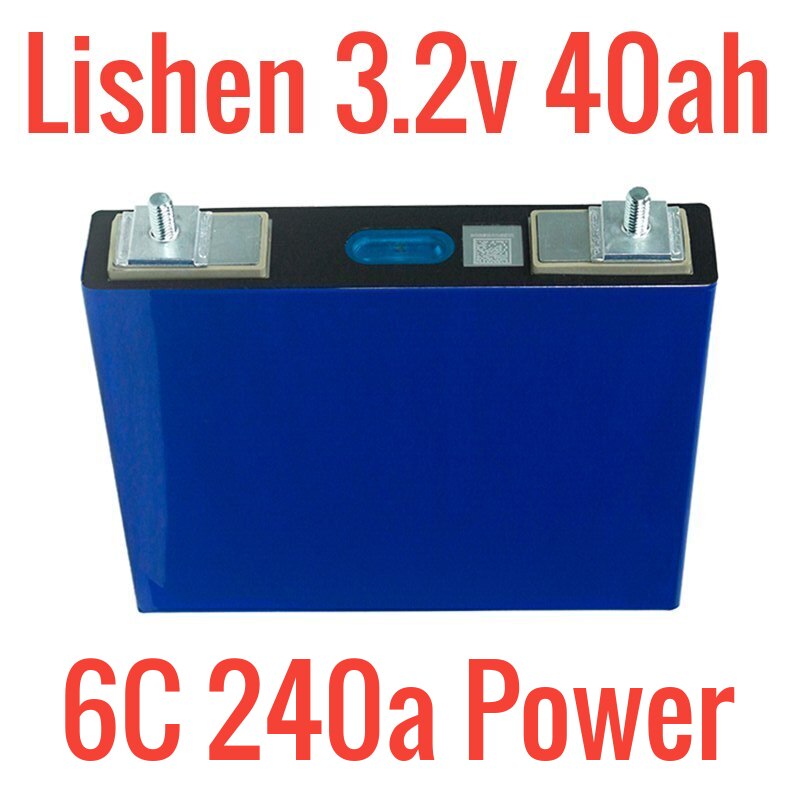sharinginfos
100 W
- Joined
- Sep 1, 2022
- Messages
- 172
HI
i only want lifepo4 .
Battery hookup sell those used JD 3.2v 30ah 5c rated prismatic Lifepo4 cells or those for 5 dollar more

 batteryhookup.com
batteryhookup.com
i like that i would save time not having to solder weld but what about the time required to build a pack and what is the maintenance to do with those and frequency.
I need to know in advance to avoid surprise.
do they need to be ballanced? how do i do that, is it a part i need to added wich ? is just a balancing bms enough?
Any yearly additional balancing to do ? how to ?
i ask that because at first i was going to choose used headway cells but people here told me headway require a lot of maintenance..
thank for clarifying
i only want lifepo4 .
Battery hookup sell those used JD 3.2v 30ah 5c rated prismatic Lifepo4 cells or those for 5 dollar more

Lishen 3.2v 40ah Lifepo4 Prismatic 6C Power Cells - slight swell
These cells were all recovered from backup power units. These are rated for up to 6c (240a) discharge current. Specs are in the 2nd photo. QR codes are all in tact and not scratched off. Flange nuts are included. Some of these have a slight swell to them from being compressed under load but they...
 batteryhookup.com
batteryhookup.com
i like that i would save time not having to solder weld but what about the time required to build a pack and what is the maintenance to do with those and frequency.
I need to know in advance to avoid surprise.
do they need to be ballanced? how do i do that, is it a part i need to added wich ? is just a balancing bms enough?
Any yearly additional balancing to do ? how to ?
i ask that because at first i was going to choose used headway cells but people here told me headway require a lot of maintenance..
thank for clarifying

